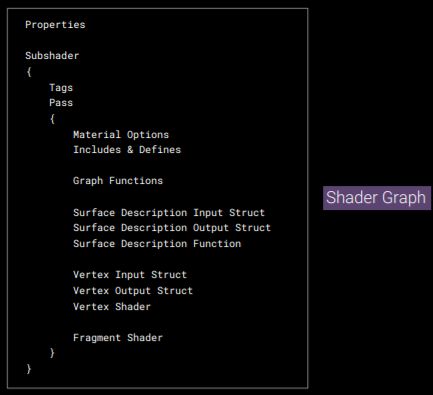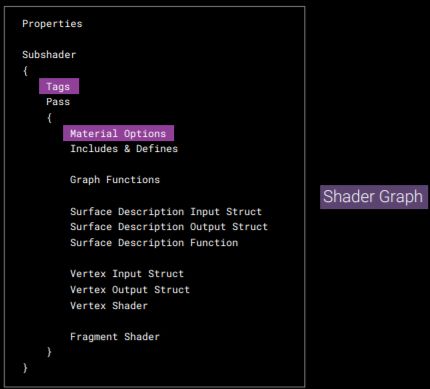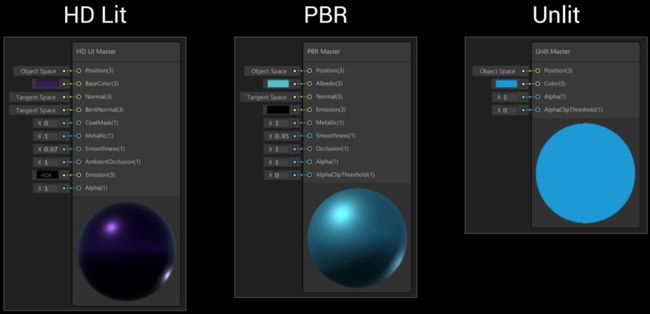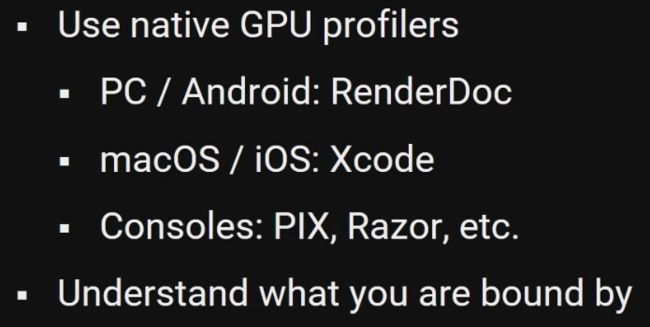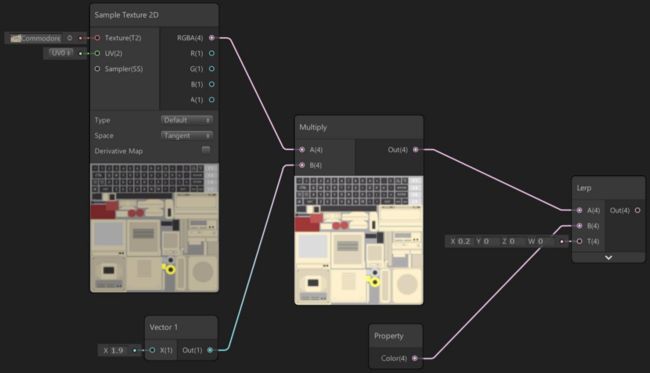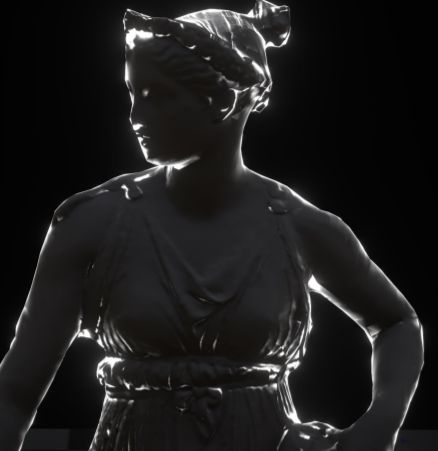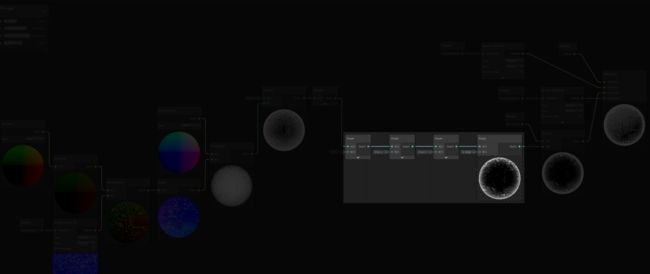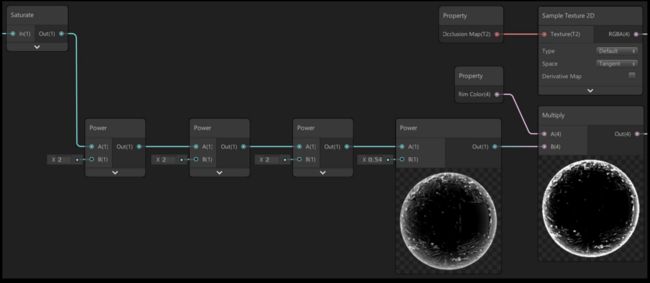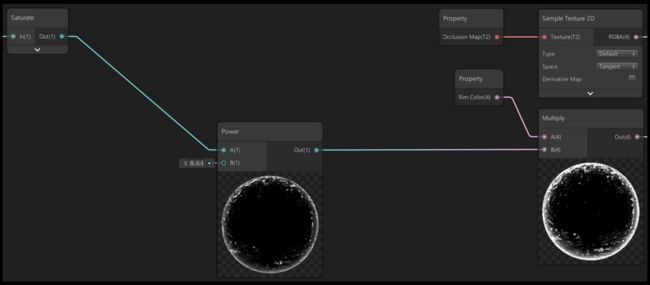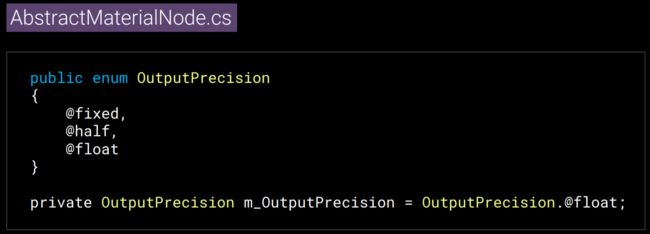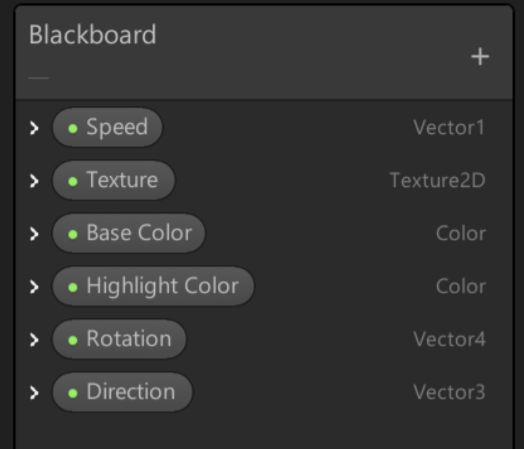Shader Graph最佳实践 (Best practices for Shader Graph - Unite 2018 洛杉矶)
ppt: https://www.slideshare.net/unity3d/best-practices-for-shader-graph
With Shader Graph in Unity 2018, creating powerful and beautiful shaders has never been easier. But with great power, comes great responsibility. This intermediate-level session will explore best practices for rendering performance and shader creation workflow. We'll cover what happens under the hood, share tips to avoid common pitfalls, and highlight what to look for as Shader Graph readies for prime-time release in the near future.
Charles Sanglimsuwan - Unity Technologies
"使用Unity 2018中的Shader Graph,创建功能强大且美观的着色器从未如此简单。 但是,有了强大的力量,责任就大了。 此中级会话将探索渲染性能和着色器创建工作流的最佳实践。 我们将介绍在幕后发生的事情,分享提示以避免常见的陷阱,并突出显示在不久的将来Shader Graph准备黄金时段发布的内容。
Charles Sanglimsuwan - Unity Technologies"
视频:
https://www.bilibili.com/video/av56852704?from=search&seid=17853366928719766269
https://www.youtube.com/watch?v=Y6WfgFI5H90
今天要介绍的内容
Motivations初衷
Demo
Shader Graph的工作原理
Choosing the right Master Node选择正确的主节点
Optimizations优化
Workflow工作流程
What’s next下一步是什么
初衷:
可以解放程序,Shader可以大众化了。
历史简介
早期工作于2017年5月开始
在Unity 2018.1中发布的预览包
自那以来有23次更新
Shader Graph的工作原理:
可编程脚本的渲染管道Scriptable Render Pipeline
Shader Graph 需要SRP
高清渲染管道(HDRP)
轻量级渲染管道(LWRP)
VR轻量级渲染管道(VR LWRP)
Shader Generation Process着色器生成过程
每个Render Pipeline都有一个着色器后端shader backend
着色器后端包括支持的Master Nodes的 subshader generators
并非每个RP都支持所有主节点Master Nodes
Subshader Generators
每个主节点Master Node都有一个每个管道模板per-pipeline template
模板有很多注入点injection points
遍历您的Shader Graph,注入点将替换为节点值node values
最终结果是着色器(用ShaderLab编写)
Shader Anatomy着色器解剖
Shader Graph 和 跟生成的Code的对应关系:
代码注入
Choosing the right Master Node选择正确的主节点
主节点概述
PBR是最通用的节点 PBR is the most versatile node
仅在适用且必要时使用HD Lit Use HD Lit only when applicable and necessary
考虑使用Unlit进行粒子效果,UI等 Consider Unlit for particle effects, UI, etc
现在他们官方建议使用PBR 原型,功能很多。
PBR Master Node
Works with all Render Pipelines适用于所有渲染管道
Good starting point for prototyping原型设计的良好起点
Feature ready for many scenarios功能已准备好用于许多场景, 遮挡,自发光等
Unlit Master Node
Works with all Render Pipelines适用于所有渲染管道
Very lightweight非常轻巧
Good for effects, vertex modifications适用于效果,顶点修改
可以添加自定义照明:Possible to add custom lighting:
1.创建节点以根据所需的着色模型计算光照(例如,Blinn-Phong)Create nodes to calculate lighting from desired shading model (e.g., Blinn-Phong)
2.将输出颜色连接到颜色端口 Connect output color to the Color port
HD Lit Master Node
Compatible only with HDRP仅与HDRP兼容
More features than PBR比PBR更多的功能
Easy to add needless complexity容易增加不必要的复杂性
Unity Optimizations
Built-in Optimizations内置优化
1. Where ever possible, Shader Graph will not add unused features to output shader尽可能,Shader Graph不会将未使用的功能添加到输出着色器
Changing the default value will mark the feature active更改默认值将标记功能激活
Connecting any node will mark the feature active连接任何节点都会将该功能标记为活动状态
2. The shader compiler will compile out no-op features着色器编译器将编译无操作功能
Optimization Example: Coat Mask
如果值为零,则输出ShaderLab代码中不会出现CoatMask代码
Optimization Example: Metallic
如果Metallic设置为零,那么该着色块将由着色器编译器compiled out
Optimization Example: Emission
如果Emission设置为Black,并在Material中禁用,则该着色块将由着色器编译器compiled out
Draw Call Batching
GPU instancing is supported in shaders 着色器支持GPU实例化
Needs to be enabled on the material 需要在材料上启用
Requires hardware support 需要硬件支持
All generated shaders are compatible with the SRP Batcher (2018.3) 所有生成的着色器都与SRP Batcher兼容(2018.3)
SRP Batcher
New batching solution, designed for SRP 专为SRP设计的新batching 解决方案
Improved rendering performance 改进了渲染性能
Works with SkinnedMeshRenderers! 适用于SkinnedMeshRenderers!
Requires per-material parameters to be stored in a constant buffer 要求将每个材料参数存储在常量缓冲区中
Render Faster with the SRP Batcher
Graph Optimizations
Profiler Performance First
Node Decimation
Eliminate no-op nodes 消除无操作节点
Bake values back into the textures 将值烘焙回纹理
Examples: gradients, noise 示例:渐变,噪音
Combine nodes when possible 尽可能组合节点
Example: Texture Modification
这个乘法可以删除, 通过增加 亮度的基础纹理。 每帧的数学运算就可以减少了。
Example: Power 光线衰减效果 或者某种类似玻璃的表面
多个节点 弄成一个节点。
Data Formats 数据格式
Each node has a memory cost 每个节点都有内存成本, 降低Shader内存成本,有助于GPU带宽
Use smaller data structures when possible 尽可能使用较小的数据结构
Modifying precision 修改精度
Requires code modification 需要修改代码
修改精度:
Reduce Math Operations 减少数学运算
Multiply scalar values before vector values 在向量值之前乘以标量值
Prefer blending results, instead of branching 首选混合结果,而不是分支
Research impact of certain math operations 某些数学运算的研究影响
Prefer constants when possible 尽可能选择常量
Example: Reciprocal Reciprocal
Fast mode requires Shader Model 5
Example: Properties
内联节点 可以暴露在材质Inspector (属性节点), 带来了很大的方便, 但是要注意转换属性节点消除了着色器编译优化的可能性。 属性很好 对于原型设计, 告别原型阶段, 希望将属性节点转换回内联节点, 这将允许着色器编译器生成更好的优化代码
Workflow: Manual Optimizations工作流程:手动优化
Hand-optimizing shaders is a one-way path 手动优化着色器是一种单向路径
Don’t manually optimize too early 不要过早手动优化
Copy or view shader code in Master Node menu 在主节点菜单中复制或查看着色器代码
Workflow: Faster Iterations工作流程:更快的迭代
Nodes not connected to Master Node aren’t evaluated未评估未连接到主节点的节点
Can keep them in view for quick iterations可以将它们保持在视图中以便快速迭代
Create a Preview node that isn’t attached to the Master Node创建未连接到主节点的预览节点
Editing these nodes will be much faster编辑这些节点会快得多
Workflow Summary工作流程摘要
1. Prototype with PBR Master Node使用PBR主节点的原型
Move to HD Lit if necessary必要时才移至HD Lit
2. Start optimization开始优化
1. Optimize nodes优化节点
2. Convert properties to inline values将属性转换为内联值
3. Near the end of the project, start hand optimizing shaders在项目结束时,开始优化着色器
Custom API
Create your own nodes创建自己的节点
Examples: specialized noise functions, custom lighting, etc.示例:专门的噪音功能,定制照明等。
Full documentation available on GitHubGitHub上提供完整的文档
Vertex Modification 顶点修改
Low-impact on CPU performance 对CPU性能影响很小
Good for animating foliage, water, or cloth 适用于动画树叶,水或布料
What’s next
路线图
2019.1
First official, verified release首次正式,经过验证的版本
完全彻底改造Node API
关键错误修复,UX改进
Available Resources
Plentiful samples abound:
Andy Touch
Keijiro Takahashi
Video tutorials on YouTube
Source available on GitHub

